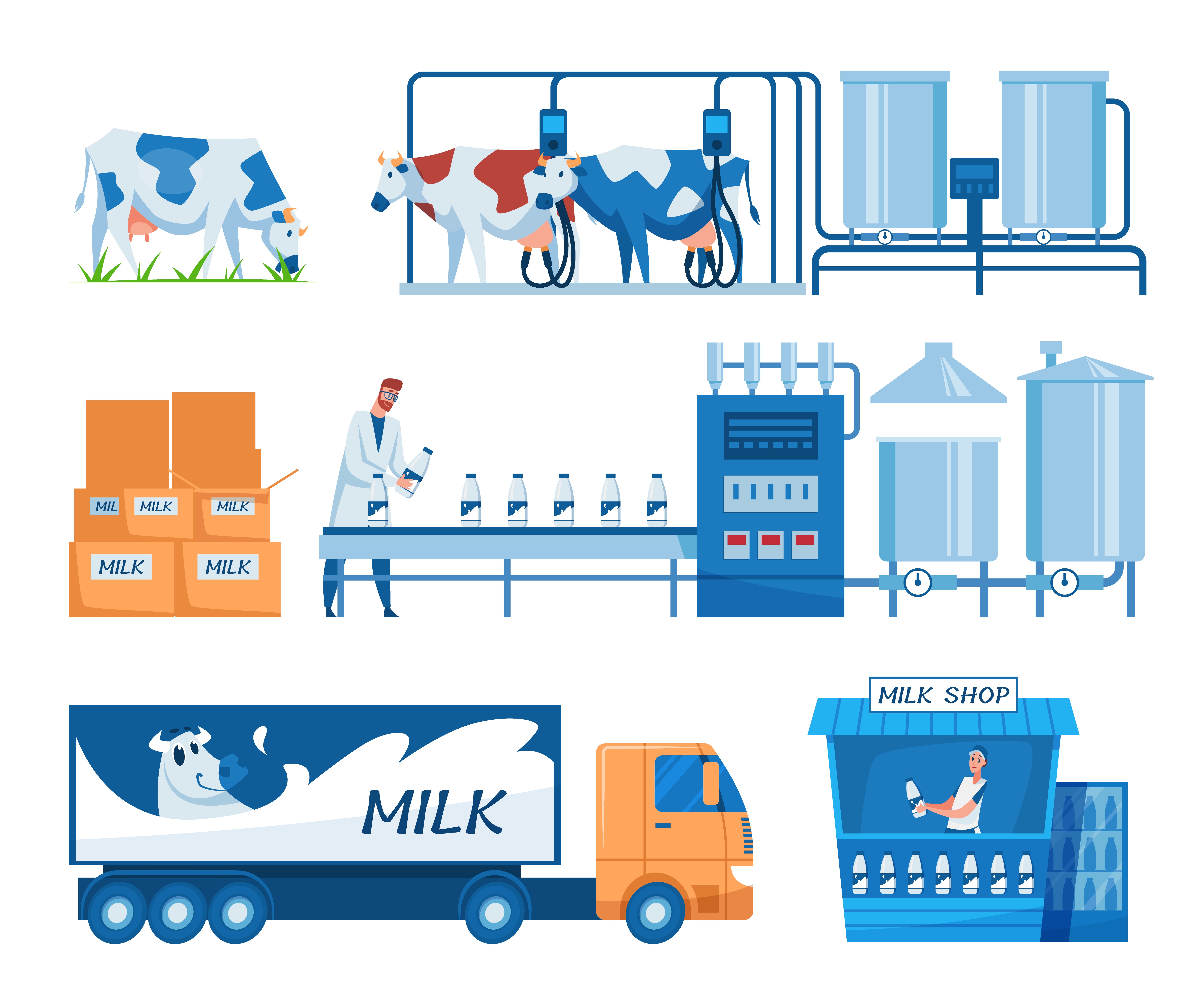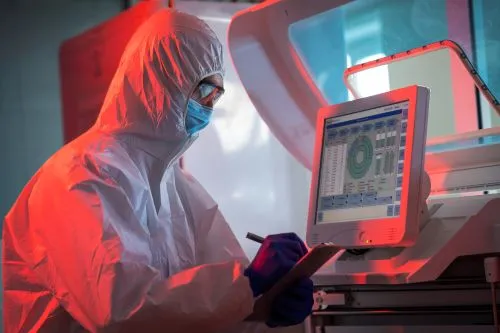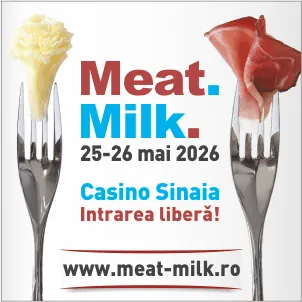
The EU Dairy Sector in Transition: Romania Faces Structural and Competitive Challenges
The dairy sector in the European Union is undergoing a period of transition, influenced by shifts in agricultural strategies, new sustainability regulations, and changes in consumer behavior. According to Eurostat 2024, total raw milk production in the EU exceeds 150 million tonnes annually, remaining stable in volume, yet showing significant changes in quality and processing dynamics.
Romania ranks mid-range among EU countries, with an annual milk production of approximately 4.4 million tonnes. However, only around 25–30% of this quantity is collected industrially, with the rest used for self-consumption or direct sales. The competitiveness gap compared to Western European countries is mainly due to fragmented production, the predominance of small-scale farms, and under-modernized technological infrastructure.
The European Commission’s “Farm to Fork” strategy and the European Green Deal set clear sustainability targets for the dairy industry. Priorities include reducing greenhouse gas emissions, improving energy efficiency, and promoting recyclable packaging. In addition, regulations concerning animal welfare and traceability are becoming increasingly strict, directly impacting production lines and associated costs.
Another major trend is the growing consumption of high value-added dairy products: organic milk, lactose-free products, items enriched with probiotics, and A2 milk. Across the EU, this segment has grown by more than 20% in the past five years, forcing processors to diversify their portfolios to meet this demand.
For Romania, the key challenges lie in increasing industrial milk collection, improving quality standards, and aligning with the demands of the European market. Investments in modern collection centers, efficient processing technologies, and international certifications (IFS, BRC, ISO) are essential for processors aiming to expand into external markets. In the coming years, Romania’s milk production will largely depend on the sector’s ability to adopt technological innovations and turn EU regulatory challenges into competitive opportunities.
(Photo: Freepik)




